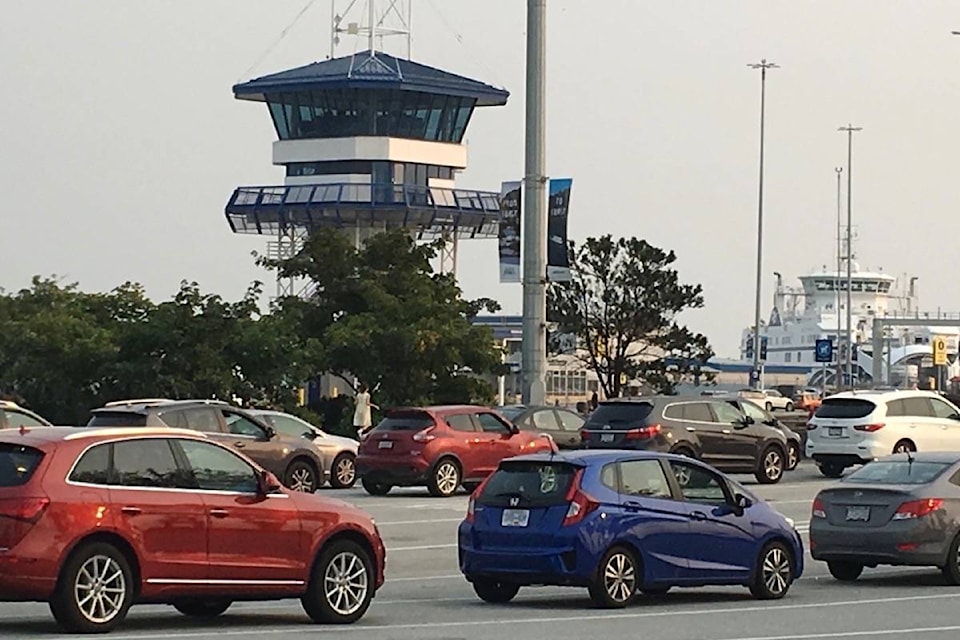A booming tourist season that has caused a surge of ferry traffic to Vancouver Island is partly driven by people avoiding B.C. Interior destinations, even those unaffected by wildfires.
Tourism operators are reporting cancellations in the Kootenay-Rockies, Thompson Okanagan and other areas where fires and smoke are not an obstacle to travel, Maya Lange, vice-president of marketing for Destination B.C., said Thursday. Traffic to Vancouver Island traffic is particularly up, as national media report fire and smoke issues extending to the Lower Mainland.
The provincial tourism agency is increasing its annual Explore B.C. marketing program with print, TV, billboards and social media to make sure people have accurate information on what areas are affected. Visitors are asked to check for up-to-date information on roads and air quality.
91������Ƶ�We are encouraging businesses in non-impacted areas to contact their customers who have reservations to share updates, to correct any misinformation they may have and to ensure that they know where to access information and prevent cancellations,91������Ƶ� Lange said. 91������Ƶ�From a recovery perspective, we will ensure that impacted areas have additional marketing support once it is safe to visit again and capacity has been established.91������Ƶ�
Emergency Management B.C. officials say there were 600 applications in the first 24 hours after the province announced a $1,500 emergency grant program for affected businesses, non-profits and aboriginal communities whose traditional cultural activities are affected. Information on the program is available from the Red Cross (), which is administering the grants. (Online application forms can be found .)
Eligible organizations are those with 50 employers or fewer, have a income of less than $250,000 per year, have been in operation on or before July 7, 2017 and have resumed operations or are intending to restart as soon as possible.
While winds and lightning are a concern in the days ahead for the Cariboo-Chilcotin region and northern B.C., progress has been made on large fires and the situation for residents has improved. As of Thursday there were 27 evacuation orders in effect with 4,400 people forced from their homes, and another 21,000 on evacuation alert. Both totals have declined this week as some orders and alerts have been downgraded.
B.C. Wildfire Service spokesman Kevin Skrepnek said while new fires continue to be reported, most have been contained quickly. The majority of the battle is still taking place to contain fires that were sparked by dry lightning on July 7, when the provincial state of emergency began.



